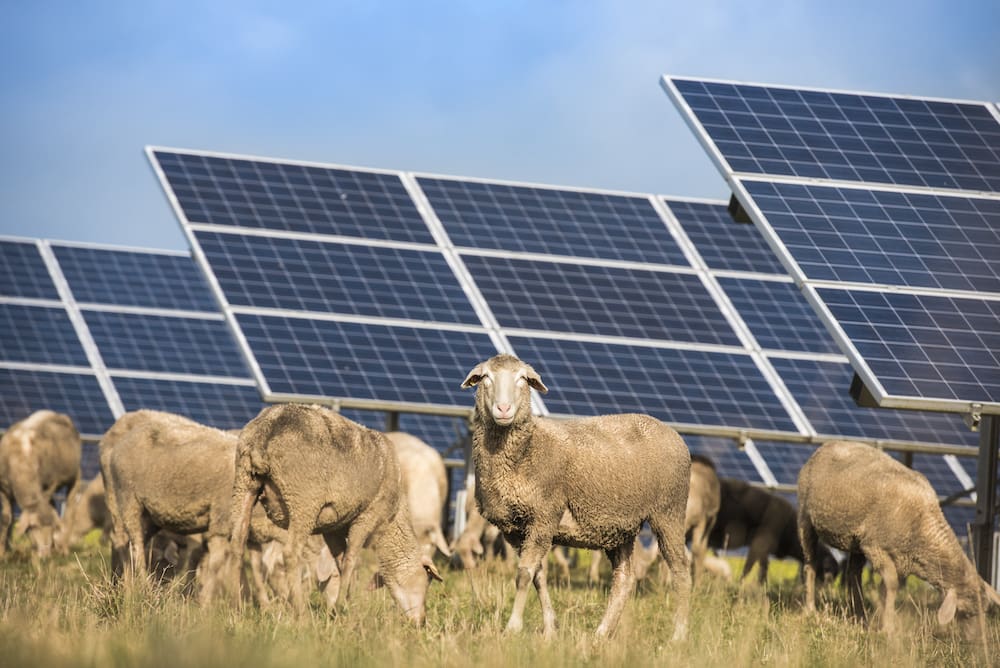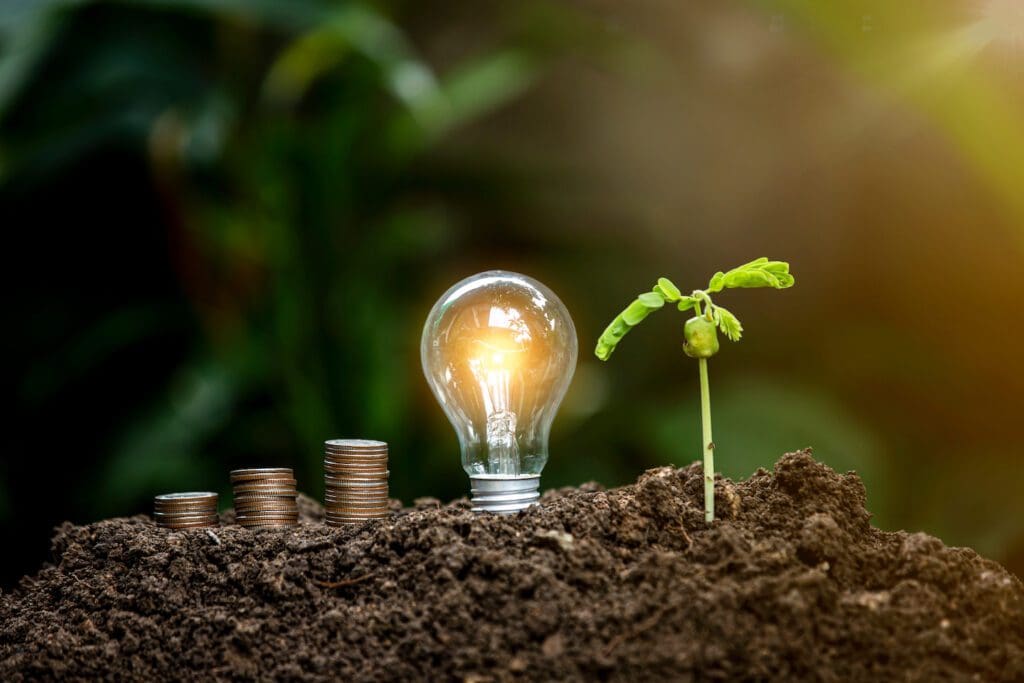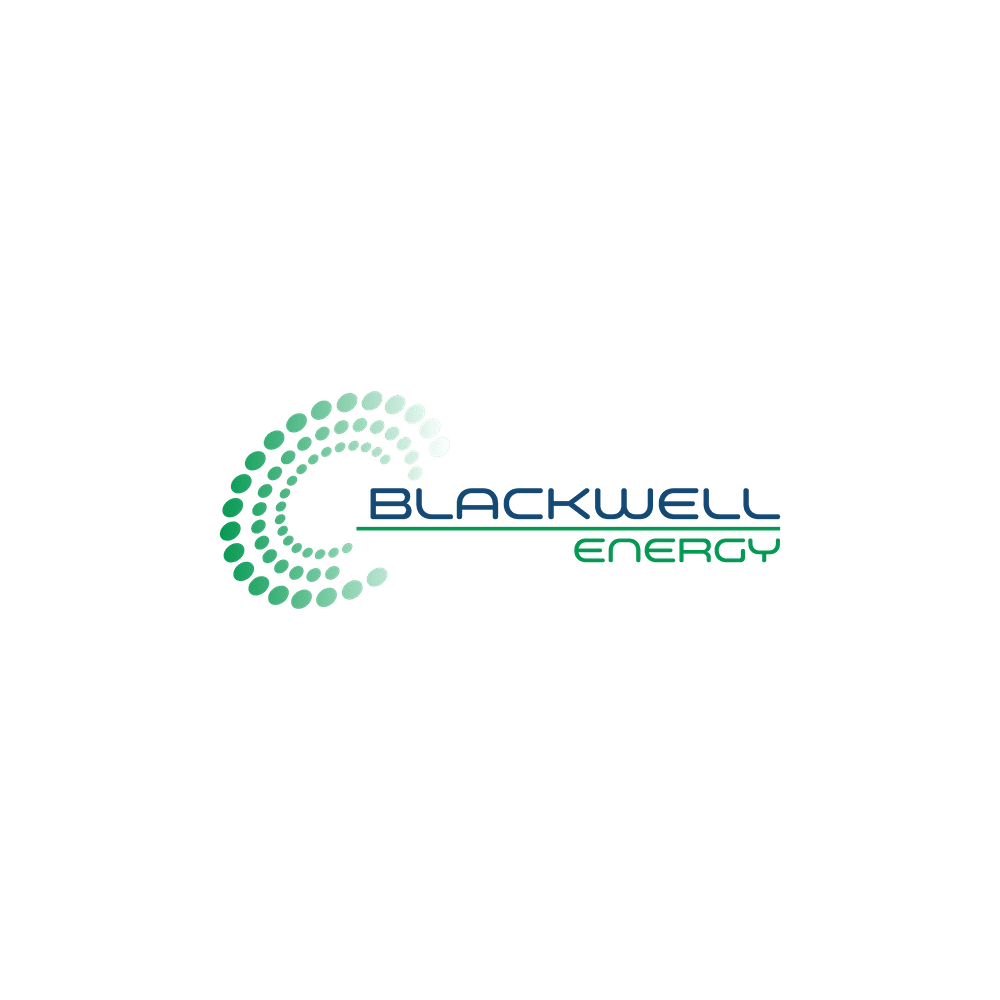Agricultural Solar
Solar photovoltaic PV ( solar panels ) have gained popularity as a cost-effective and a reliable source of renewable electricity. Solar operates by converting the energy in the sun into clean and sustainable electricity. PV cells are used to convert solar radiation into direct current (DC) electricity. This DC electricity is then inverted to alternating current (AC) electricity for use in buildings or export to the grid. The cells are built with silicon conducting layers that create an electric field when light shines on them, leading to the flow of electricity. Cabling is an essential component that connects the generated energy to the grid, while meters are used to monitor and measure the output of the PV cells in terms of total electricity and electricity exported to the national grid.
TAMS Grants
The Targeted Agricultural Modernisation Scheme (TAMS) is an initiative that offers assistance to farmers who are interested in investing in solar PV. With TAMS in place, farmers can claim up to a 40% grant while young qualified farmers can claim up to 60% in grant aid. These funds can be incredibly helpful in covering the costs to set up a solar PV system on their farms. Your chosen solar PV installer must be registered with either the SEAI or the Department of Agriculture, Food and the Marine (DAFM) to ensure their qualifications and expertise in solar PV installation. By taking advantage of the TAMS initiative, farmers can future-proof their properties, reduce their environmental footprint, and create a more sustainable source of energy for their farming operations.

Grid connections
Systems up to 16 amps (A) per phase (that’s 3.68kW single phase and 11.04kW three phase),do not need permission to connect the grid or ESB Networks. The system works on an “inform and fit” basis. A form NC6 does need to be submitted by email or post to ESB Networks. If after 20 days of no objection is received the works can commence. Commissioning of the system must comply with EN50438. For larger systems (over 26A/16A), pre approval is required if the system is exporting to the grid. The context here is that if you do not export, i.e., auto generator, you use NC6; if you do export then it is the NC5 form which must be submitted.
Financial returns

The overall financial return mainly depends on the value and amount of energy generated. Because your solar PV panels operate in parallel with your mains supply, they help to displace the energy you would normally have bought from the grid. For example, if your electricity need at a particular time is 20kW and your PV system was producing 5kW, your net import from the grid would be 15kW. Each unit of electricity you displace from your imported requirement effectively saves you on the imported price of that unit. If you buy your energy at 18 cents (c) per kWh and you displace 10,000kWh you save €1,800.. Depending on your usage and the energy produced by your panels, you can save a considerable amount of money on your electricity bills. It is estimated that every unit of electricity that you buy from the grid can be saved if you generate it using your solar panels and consume it whenever possible. In cases where you generate more energy than you use, excess power can be sold back to the national grid. Solar photovoltaic (PV) panels are considered an ideal investment when it comes to saving money on maintenance and operating costs. The panels and inverters are very low maintenance and only require cleaning every 2 to 3 years.
Solar panel performance
Solar PV can be stored with the use of a battery or can be used as its created. Farms that have a high usage throughout the day like dairy or poultry can typically operate without battery storage as most power is consumed throughout the day. Approximately three quarters of the energy will be produced from April to September. A medium sized system of 50kW needs between 350-400m2 of roof space. In ideal conditions installed on a south-facing roof, this could generate 41,500kWh of electricity. A 50kW ground mounted system could also be an option. This would require approximately a third of an acre of land (0.1ha). Ground mounted systems have the added flexibility of being portable and can be aligned to face due south and angled at 35⁰ to obtain optimal performance.

Blackwell Energy, bringing affordable solar solutions to homes and business
